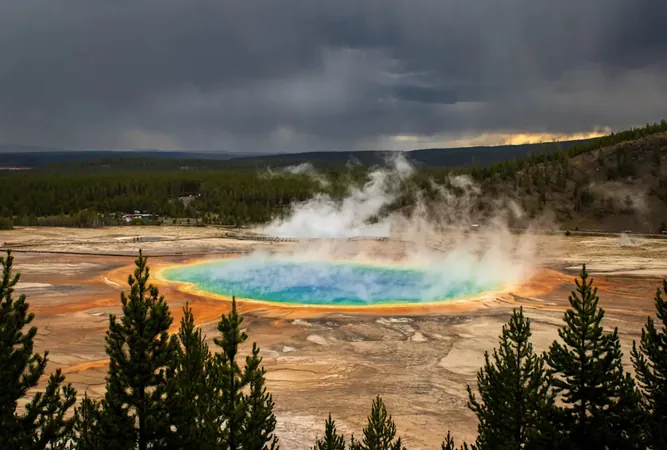
Scientists Pinpoint Potential Eruption Zone of Yellowstone Supervolcano! Are We Prepared?
2025-01-10
Author: Sophie
Yellowstone National Park: A Geological Marvel
Yellowstone National Park, situated primarily in northwest Wyoming, holds the honor of being the world’s first national park, renowned for its majestic scenery and rich biodiversity. However, beneath this stunning landscape lies a colossal geological phenomenon: the Yellowstone supervolcano.
The Eruption Theories
For years, the internet has been rife with theories predicting an imminent eruption, accompanied by dire warnings about the catastrophic consequences it would pose to North America. While it’s well-documented that past eruptions have significantly altered the environment, recent research suggests that the chances of experiencing another major eruption in our lifetime are quite slim.
Recent Findings on Eruption Zones
But here’s the curiosity that’s captured the attention of scientists and enthusiasts alike: though there's no immediate sign of an eruption, recent findings have identified where the next eruption is most likely to occur.
The Mapping of Magma
The enchanting nature of Yellowstone draws millions of visitors annually, eager to witness the park’s iconic geysers—natural wonders powered by the underlying volcanic activity. A study published in the prestigious academic journal Nature reveals groundbreaking insights derived from innovative measurement techniques. By analyzing the electrical conductivity of silicate materials in the magma beneath the surface, researchers have successfully mapped out areas within Yellowstone that harbor the greatest volumes of rhyolitic magma, a type of lava notorious for its explosive potential.
Potential Eruption Locations
The research indicates that the eastern-northeastern regions of Yellowstone may be the brewing ground for future volcanic activity. It was revealed that there is a flow of hotter basaltic melt, positioned deep within the Earth, which is migrating toward a pocket of rhyolitic magma in this part of the park. This basaltic melt, being more fluid and containing less silica, is expected to heat the rhyolitic magma above it. If the process continues over thousands of years, it could lead to a significant accumulation of magma and pressure, potentially resulting in an eruption.
Cooling Magma Pockets
In contrast, other magma pockets identified in the area appear to be cooling, as they do not interact with the deeper basaltic layer. As a result, these pockets are unlikely to lead to an explosive event.
Preparedness and Monitoring
Despite the alarming potential of eruptive behavior, the consensus among geologists is that we are not on the verge of an eruption—but it’s crucial to remain informed. The situation prompts essential questions about disaster preparedness and safety measures as scientists continue to monitor Yellowstone's behavior closely.
Conclusion: Are We Ready?
As the fascination with Earth's geological fury continues to grow, will we be ready when the next chapter of this formidable supervolcano’s saga unfolds? Keep an eye on ongoing research, as our understanding of this natural wonder evolves!


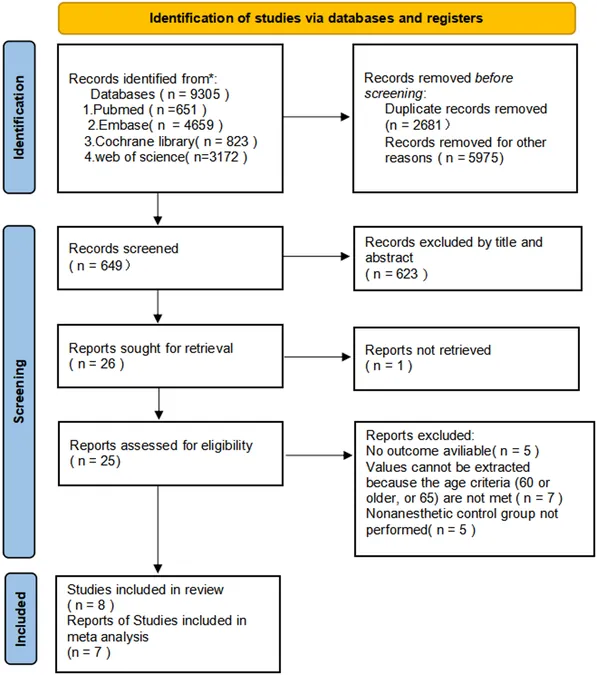


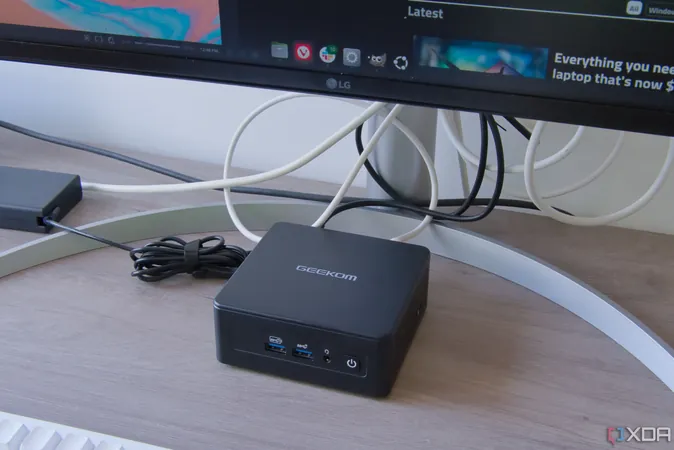
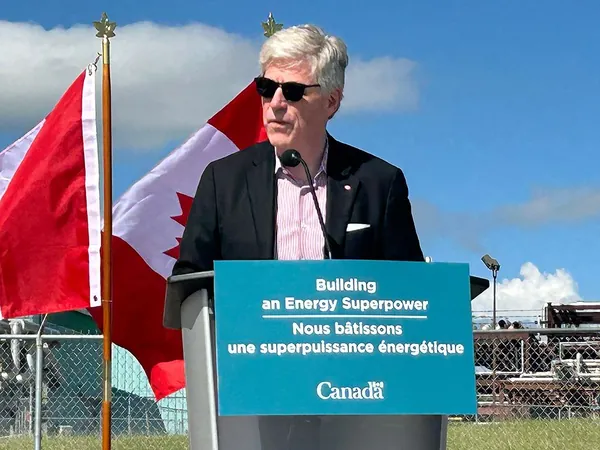

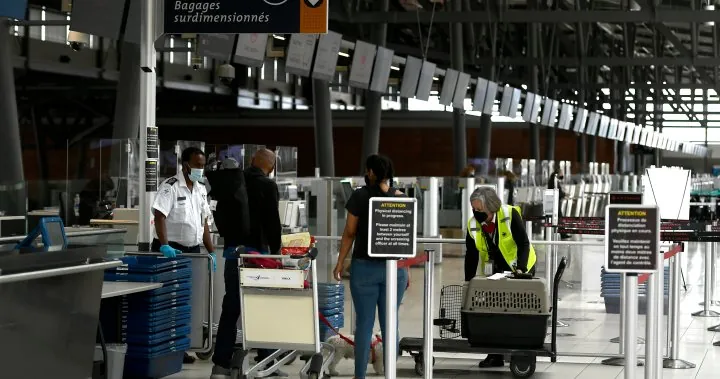
 Brasil (PT)
Brasil (PT)
 Canada (EN)
Canada (EN)
 Chile (ES)
Chile (ES)
 Česko (CS)
Česko (CS)
 대한민국 (KO)
대한민국 (KO)
 España (ES)
España (ES)
 France (FR)
France (FR)
 Hong Kong (EN)
Hong Kong (EN)
 Italia (IT)
Italia (IT)
 日本 (JA)
日本 (JA)
 Magyarország (HU)
Magyarország (HU)
 Norge (NO)
Norge (NO)
 Polska (PL)
Polska (PL)
 Schweiz (DE)
Schweiz (DE)
 Singapore (EN)
Singapore (EN)
 Sverige (SV)
Sverige (SV)
 Suomi (FI)
Suomi (FI)
 Türkiye (TR)
Türkiye (TR)
 الإمارات العربية المتحدة (AR)
الإمارات العربية المتحدة (AR)